Google AMP: What It Is. Why It Ranks Better. | Accelerated Mobile Pages Explained
What is Google AMP? How does AMP work? What are the pros and cons of converting to AMP pages? Will I actually rank higher? Is AMP worth it? This is the next big thing in SEO, and it’s wildly important to understand it. This guide is will explain what you need to know.
The latest buzzword (you need to be aware of) for SEO and more web traffic is Google AMP. Google AMP, or ‘Accelerated Mobile Pages‘ was created to you can rank better, load pages lightning fast, get more traffic/leads from mobile searches.


Website owners can quickly amplify their online reach and improve their customers’ user experience simply by converting to AMP pages. AMP pages now take less than half a second to load from a Google search.
What is AMP?
AMP was first created in 2015. At that time, it was primarily focused on media sites, to help the pages load faster. AMP was also created to compete with Facebook’s Instant Articles to help websites increase their rankings on Google.
To encourage more participants, Google also offered incremental exposure on Google Search.
AMP PAGES RANK HIGHER
AMP pages were featured within the “Top Stories news carousel” at the top of mobile searches. This top-of-page exposure encouraged more high-traffic sites, such as CNN and The New York Times, to begin using AMP pages.
For news sites, having an article featured on the Top Stories carousel was a big chance to wildly increase site traffic.
AMP BENEFITS NOT LIMITED TOP STORIES CAROUSEL
AMP pages on the mobile-first index are prioritized over Google’s traditional desktop index. If you’re not a news site, using AMP SEO pages can help you rank higher and attract more visitors.
Google attempted to make it easier for websites to transition to AMP by creating its open-source initiative. Through the project, webmasters can access stripped-down HTML files to create fast, mobile-friendly copies of their webpages. These pages are AMP pages, which are distinguishable in mobile search results by a small lightning bolt symbol.
How AMP SEO Pages Work
AMP pages are stripped down HTML copies of your current site content. By stripping them down, the pages will load faster than standard HTML5 documents. You can serve AMP pages on your site by using the “rel=amphtml” tag within your HTML.
DO AMP PAGES LOOK THE SAME?
It’s important to hire the right company to convert your pages to Google AMP. When done correctly, they should look at least 95% the same.
AMP pages require a three-step configuration:
- The stripped-down and unique markup of your traditional HTML code with unique tags
- JS, stripped-down and used to fetch resources
- A CDN, or optimized network that caches pages and adapts them to the AMP code
Answering the question “how does AMP work” can help you eliminate unnecessary page elements. For example, you don’t need additional CSS requests if you’re using AMP SEO pages. You also don’t need certain on-page eliminates, including:
- Bulky pictures
- Call-to-action buttons
- Backend code
Removing these eliminates can increase how quickly your pages load.
AMP PAGES LOAD CRAZY FAST
So how does AMP work?
First, AMP speeds up webpage load times by enabling AMP caching. Essentially, Google preloads AMP documents using a single iFrame in the background. While you’re looking through search results on Google, these pages are already loading.
That way, the pages seem to load the moment you click on them.
AMP documents are also retrieved from the AMP library, straight from the document’s original server. The AMP library contains both the AMP JS and AMP HTML documents. However, fetching these documents isn’t always instantaneous.
Why Is AMP So Fast?
Now that we’ve answered how does AMP work, let’s discuss the increased speed. Here are a few factors that allow AMP pages to load faster:
- The Google AMP cache CDN validates AMP pages, caches resources, and rewrites URLs to normalize parsing
- AMP pages use extensive resource hinting
- Intelligent resource prioritization optimizes downloads
- AMP pre-positions resources
- Fonts require zero HTTP requests
- AMP pages only run GPU-accelerated CSS animations
- Lazy loading
- Google AMP pages prefetch lazy-loaded content
- CSS is limited to 50 kilobytes
- Inline CSS is limited to 50,000 characters
- All CSS is kept inline within the HTML document
- AMP pages don’t allow third-party JS
- The critical rendering path flows better
- AMP prevents render-blocking JavaScript
- There are fewer requests, including fewer image requests
Limiting these factors allows AMP pages to improve load times. No doubt, we are increasingly seeing the ‘AMP’ icon and more and more searches.
The Benefits of AMP Pages
So why do AMP pages matter? For starters, these pages are favored by Google search results. That means your pages will rank higher in Google searches. The higher you rank, the more likely someone will click on your website.
However, that’s only one benefit of Google AMP pages SEO. Here are a few other benefits to consider when deciding whether or not to switch to AMP pages.
1. Reduced Load Time
As discussed, AMP pages load faster on mobile devices.
People are constantly on-the-go. They don’t want to wait around for websites to load. Rather, they expect instant answers, wherever they are.
If you can’t provide those answers, people will look elsewhere.
AMP pages are designed to reduce how long it takes for page content to load. These pages load easily while displaying content accurately.
The faster your pages load, the more likely you’ll attract repeat visitors to your site. Otherwise, people will remember the difficult user experience they had and how long they waited. If they remember a negative user experience, they’ll take their business elsewhere.
2. Low Bounce Rate
The faster your pages load, the more likely your bounce rate will plummet.
Bounce rate indicates how often users visit your site, but leave without performing an action. A higher bounce rate can impact your SEO ranking.
EVERY SECOND MATTERS. LITERALLY
According to Google, 53% of mobile visitors leave a page if it takes longer than three seconds to load. Based on their research, the average time it takes for a mobile page to load is about 15 seconds. Unfortunately, those websites will experience a higher bounce rate.
When your bounce rate increases, your SEO ranking will drop. As a result, you’ll appear beneath competitors in search results. Instead of visiting your site, customers will start looking to your competitors for a faster user experience.
When your site loads quickly, however, you can encourage visitors to stay longer.
A higher dwell time can improve your ranking and keep customers happy, too.
3. Ad and Analytics
Companies can use their HTML code to enhance the usability of banners and images on their website. As a result, their ad view rate should almost always increase. This can help ad publishers monetize their websites.
You can also study analytics from your ads to determine which ones are performing the best. Then, you can optimize your advertising to cut wasted spend.
4. Enhanced SEO
There are many ways AMP and SEO go hand-in-hand.
As we mentioned, higher dwell times and lower bounce rates can increase your SEO rankings. Page speed is an SEO ranking factor as well. Since Google prioritizes AMP pages, you’re more likely to achieve a higher ranking on search pages than your competitors.
+SPEED / -BOUNCE = BETTER SEO RANKING
That higher ranking can help improve brand awareness and your credibility.
As more people visit your website, you’re further improving your SEO.
When two pages have a similar ranking, the one with the better page load speed gets priority.
Using AMP SEO pages, you won’t have to worry about customizing your web content. Instead, it’s easier for search engines like Google to discover your web page and determine your ranking.
5. Adjusts on Any Browser
AMP SEO pages also adapt to any browser. That way, you don’t have to worry about customizing your site content for different browsers. Instead, you’re giving customers the same experience, regardless of which browser they’re on.
6. Mobile-Friendly
About 51% of global web traffic originated from mobile devices in 2017. As more people choose their phones over desktop devices, digital trends will change in turn.
FASTER MOBILE LOAD TIMES IMPACT RANKING
For example, Google announced mobile-first indexing back in March 2018. With mobile-first indexing, Google looks at the mobile version of a website to determine its search engine ranking. In June 2018, mobile page speed also became an SEO ranking factor.
Mobile devices are essential to the future of web searches and SEO.
When customers have a positive experience on mobile devices, they’re more likely to explore your website. As they explore, they’ll recognize the unique value your business has to offer. If your pages load slowly on their phones, however, customers will look elsewhere for the help they need.
AMP SERP RANKING EXAMPLES
Online purchases increased close to 60% between 2015 and 2017. Today, more people are making purchases while they’re on-the-go. That includes while customers are in stores. By answering the question “how does AMP work,” you can unlock new online purchases whether customers are at home or in your store.
Without AMP SEO pages, however, you’ll lose business; business your competitors could take instead.
7. Optimized Data Consumption
AMP pages also allow users to install the website as an app. As a result, site visitors have easy access to your website from their home screen. This can help increase site traffic from repeat visitors.
How Does AMP Work: How AMP Amplifies Your Reach Online
To recap, how does AMP work? AMP strips out unnecessary page elements to help your site load faster. As a result, you can improve your ranking and attract more traffic.
Still have questions? Contact us today. We’re happy to help!
In the meantime, expect to start seeing the Google AMP icon below a lot more in the coming months. A lot!
![]()
![]()

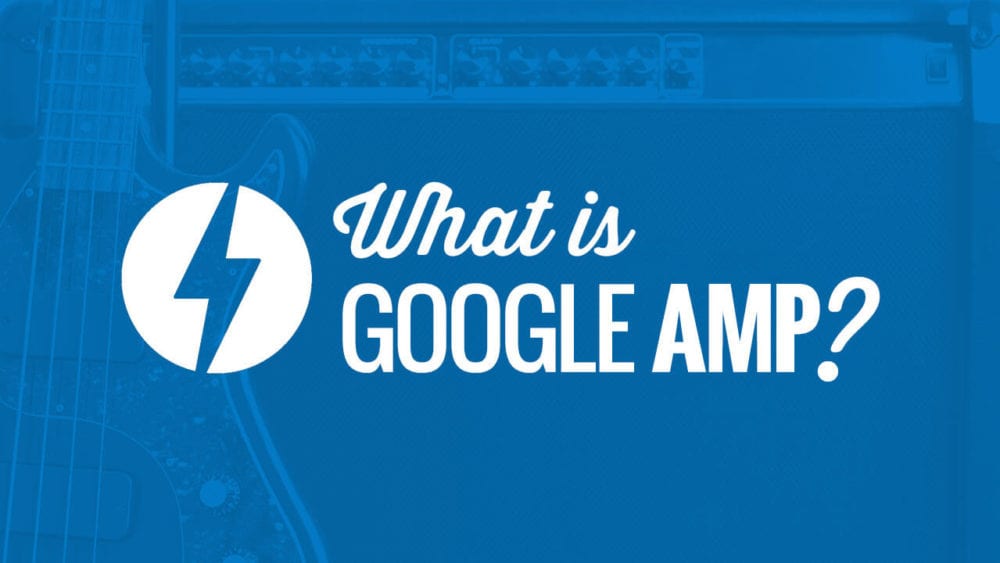

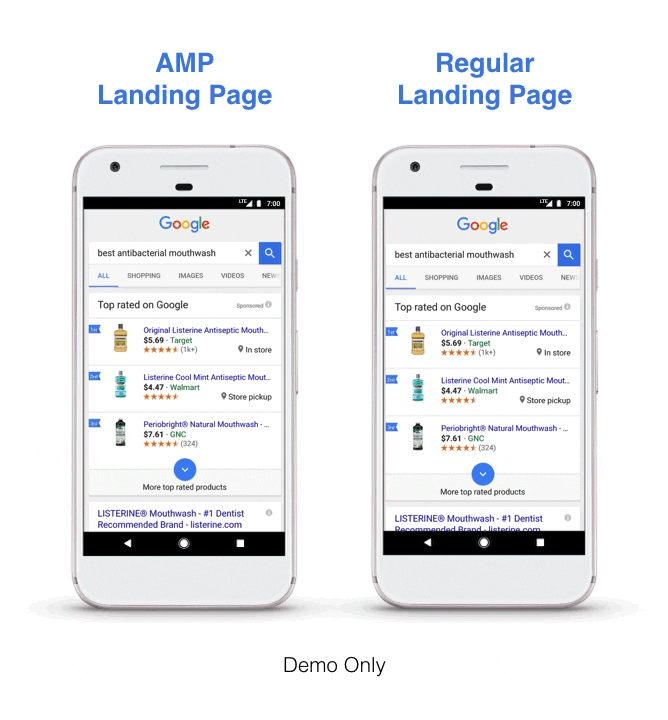
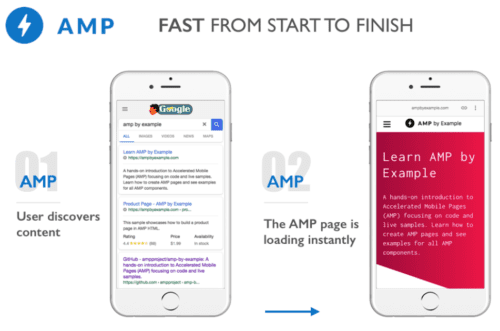


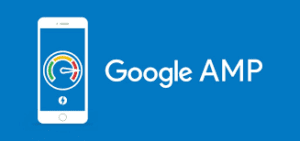
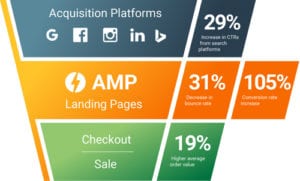
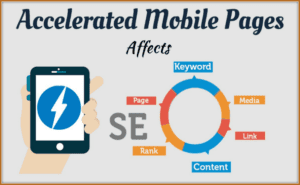
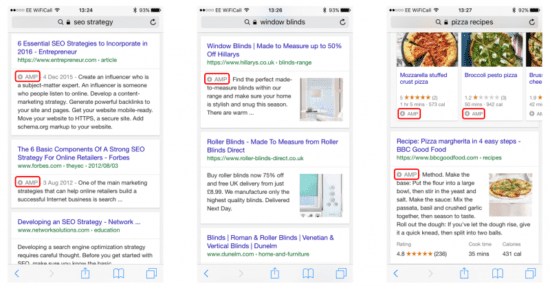

Comments are closed.